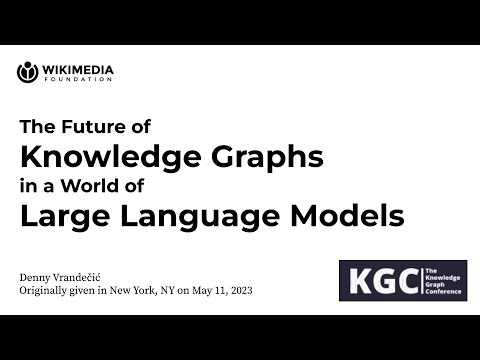
Dear subscriber, Welcome to the first edition of my new weekly newsletter! Within different recurring categories I will provide updates of my work, my personal journey, and topics such as Knowledge Graphs, Linked Data, FAIR data, Open Science and many more. It is conference season!








